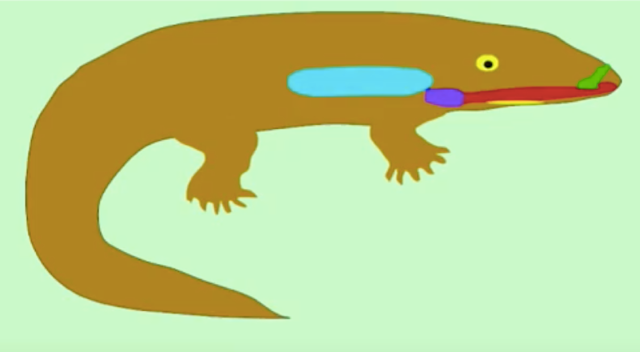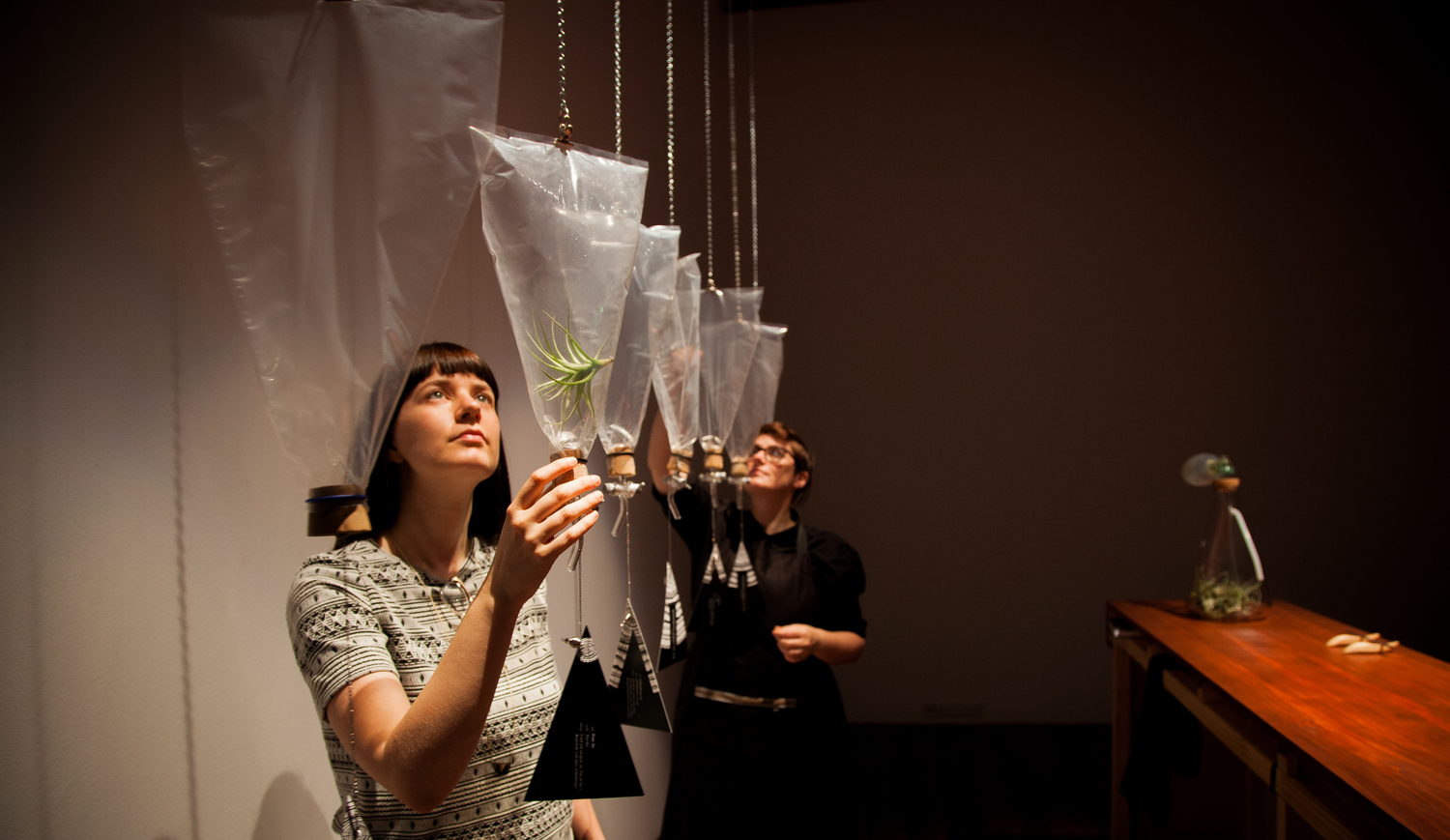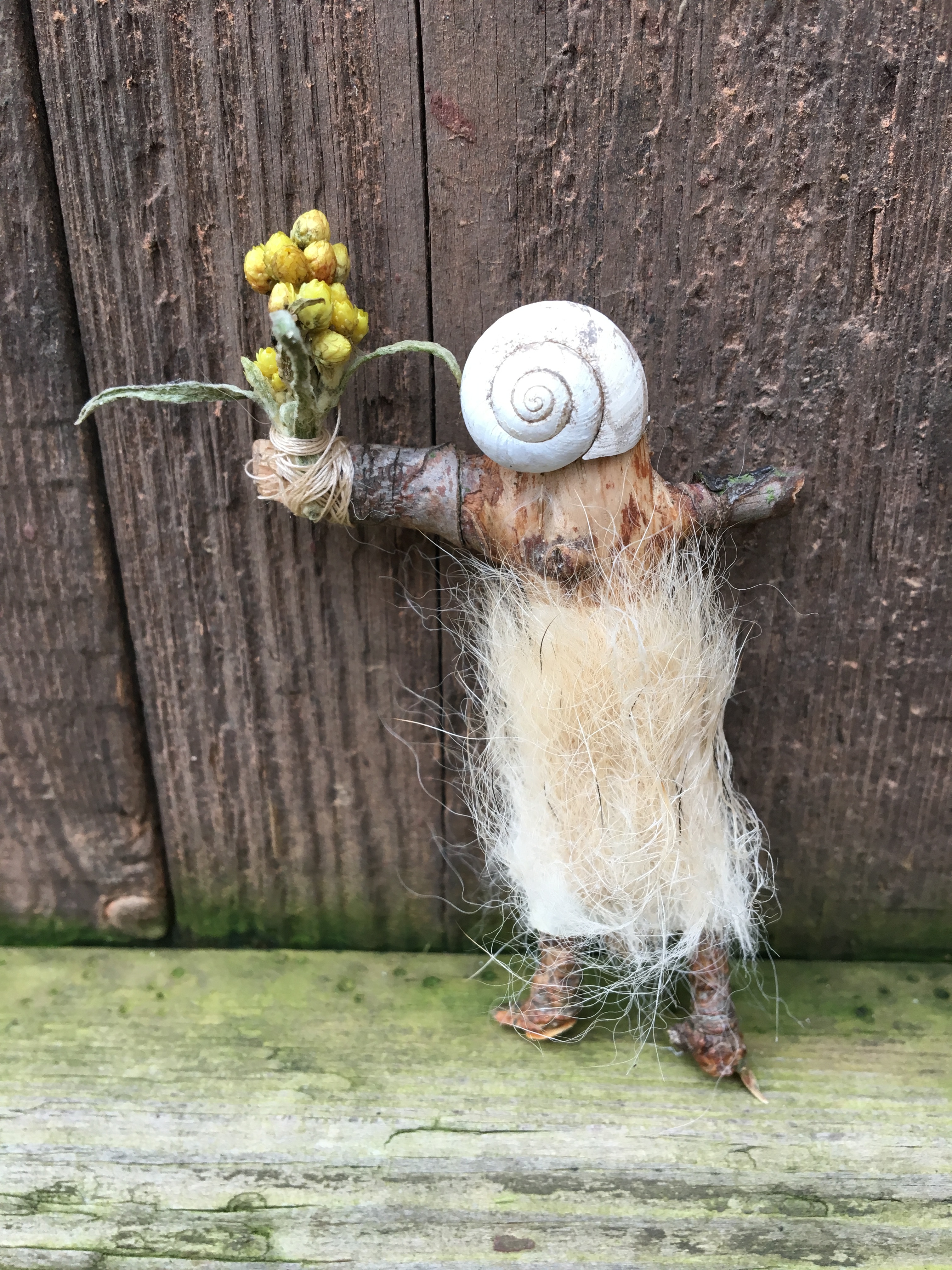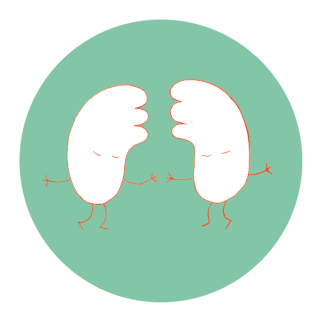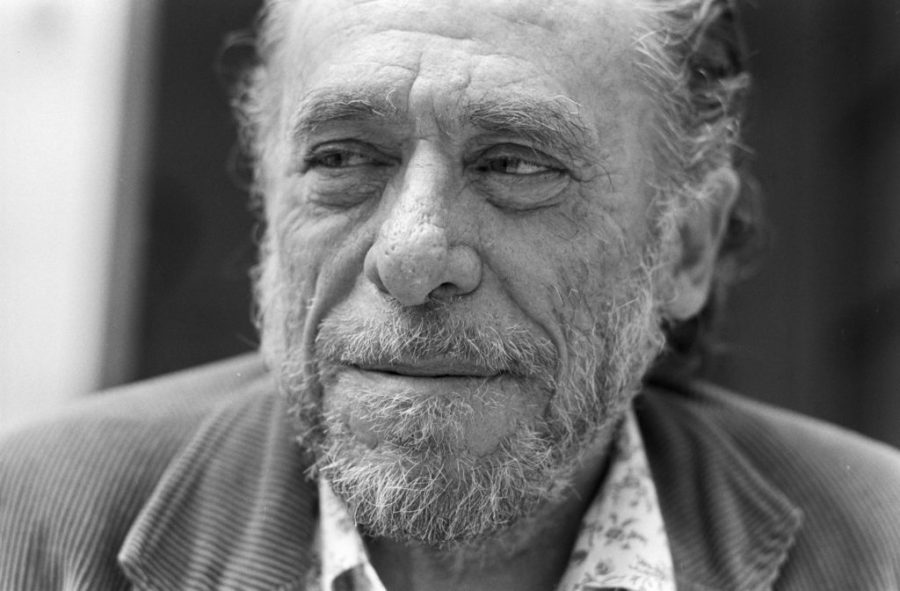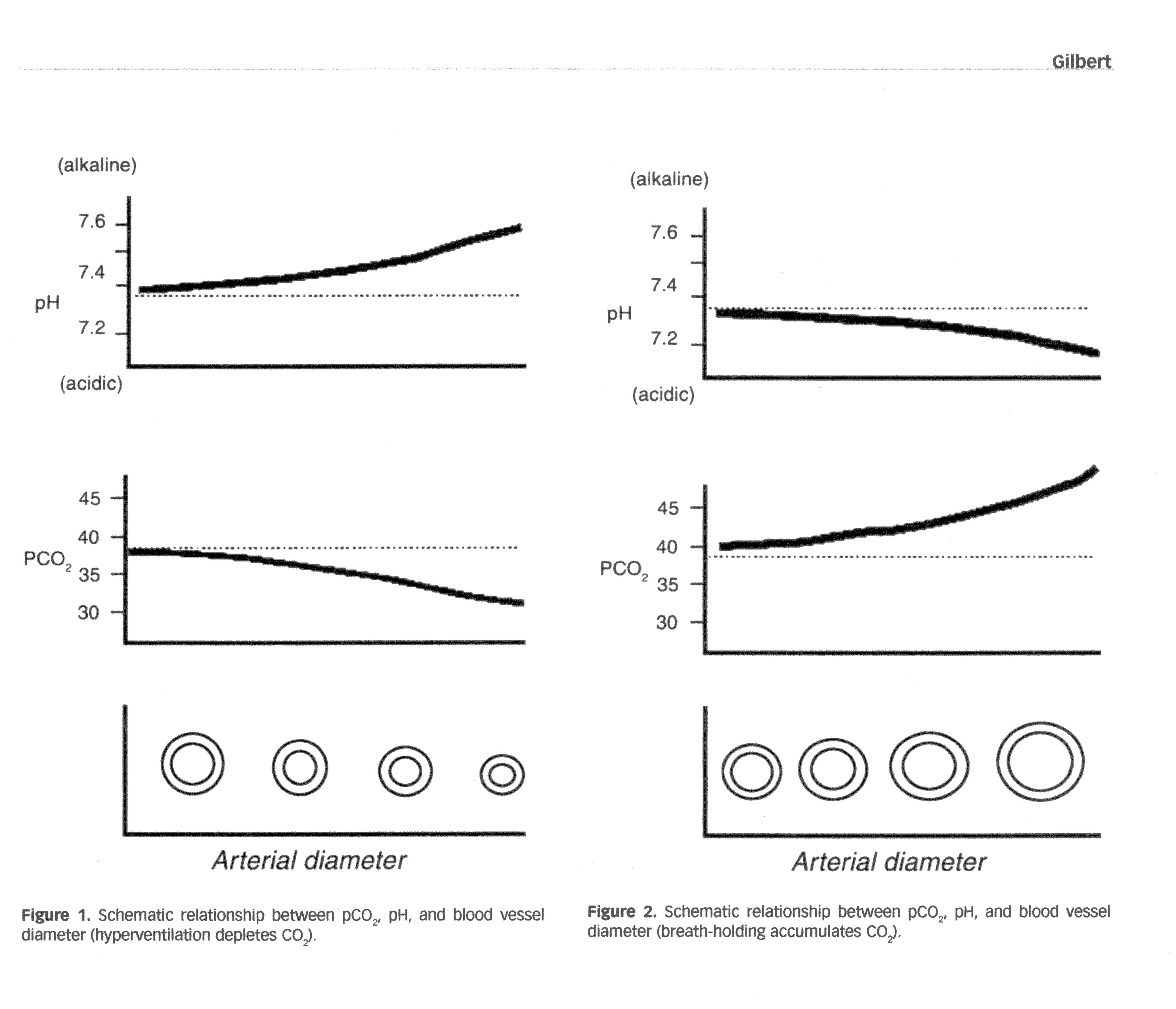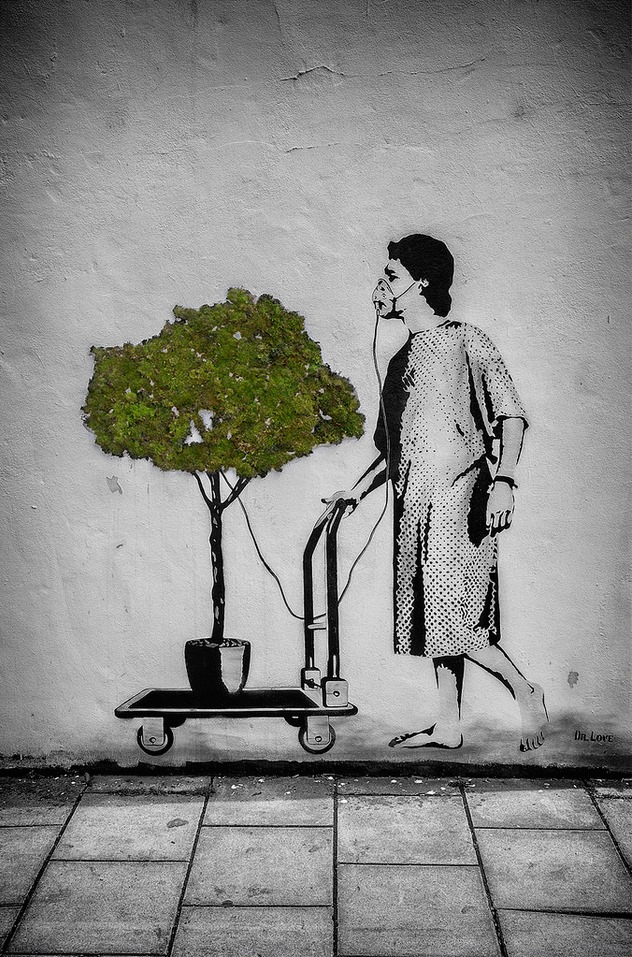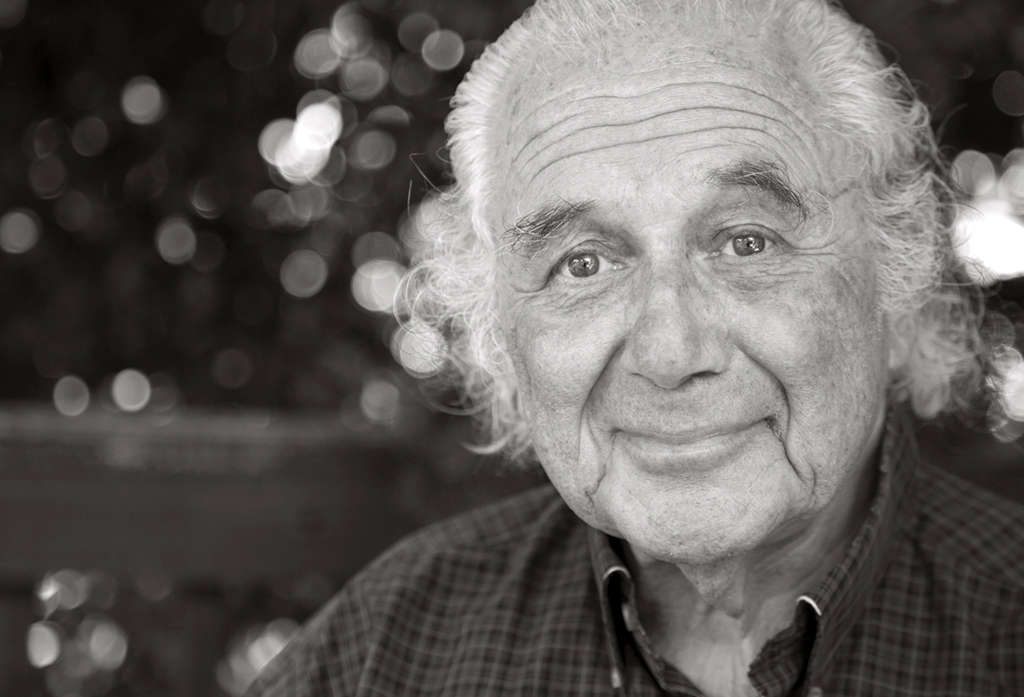I’d like to share this series of charmingly illustrated videos about respiratory evolution by biology professor Walter Jahn. The first video, which serves as an introduction to the subject of respiratory evolution, is followed by a series of further videos ranging from cutaneous respiration to pharyngeal respiration to the development of gills and lungs.
Source: Dr Walter Jahn, Suny Orange College, New York

